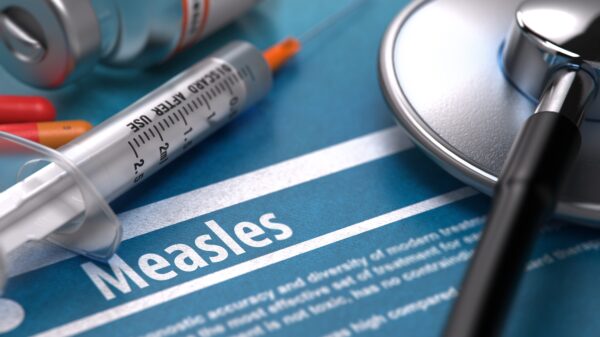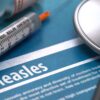It may take weeks before we know whether the long holiday weekend will result in increasing COVID-19, but even before Memorial Day, Alabama’s numbers were on the rise.
Simply looking at the number of cases confirmed and reported to the Alabama Department of Public Health will no longer give an accurate picture of the extent of the virus’s spread, state health officer Dr Scott Harris recently said.
That’s because a growing number of people now test using home COVID test kits, rather than testing at physician’s offices or at testing clinics, and they aren’t submitting those home test kit results to the state, Harris said.
A better indicator is the percent of tests that were submitted to the state that were positive, and by that marker, Alabama isn’t doing great.
{{CODE1}}
The state’s seven-day average of the percent of tests that were positive on Thursday was 15 percent, up from the 3.8 percent average from May 1 and three times the 5 percent public health officials say it should be to ensure there’s not widespread community transmission of the virus.
COVID hospitalizations statewide, also a good indicator of the extent of spread, reached a post-surge low of 48 on May 6, but by Thursday had increased to 199, still far lower than the last surge’s high of 2,961 recorded on Jan. 25, but the steady increase over May and into June the is troubling.
{{CODE2}}
Hospitalizations are starting to increase across the South and the Southwest, Dr. Andrea Garcia, director of science, medicine and public health at the American Medical Association, said during a COVID update Wednesday.
“Average daily case reports have more than doubled in the past two weeks in Arizona, in South Carolina and in West Virginia,” Garcia said.
Also concerning is Alabama’s low rate of vaccinated residents. The state has the second-lowest number of fully vaccinated residents in the nation, at 51.4 percent, according to the Centers for Disease Control and Prevention, behind only Wyoming.
Alabama also has the second-lowest number of people in the nation who have received a first booster dose, at 36.1 percent, and the second-lowest number of people 50 and older who received a second booster dose, according to the CDC.
“Plenty of COVID-19 vaccine is available, and I encourage people to make sure you’re protected,” State Health Officer Dr. Scott Harris said in a statement on May 23. “We are not an overly vaccinated state, and immunity wanes over time, especially for certain groups of people.”
All Alabamians over the age of 5 are eligible for the COVID-19 vaccine and booster, free of charge.
Children five through 11 are authorized to receive a booster dose of the Pfizer vaccine at least five months after completing the primary vaccine series, and immunocompromised children five through 11 should receive a booster three months after completing their primary series, according to the Alabama Department of Public Health.
The Centers for Disease Control and Prevention recommends a booster dose of Pfizer vaccine for children and adolescents ages 12 through 17.












































